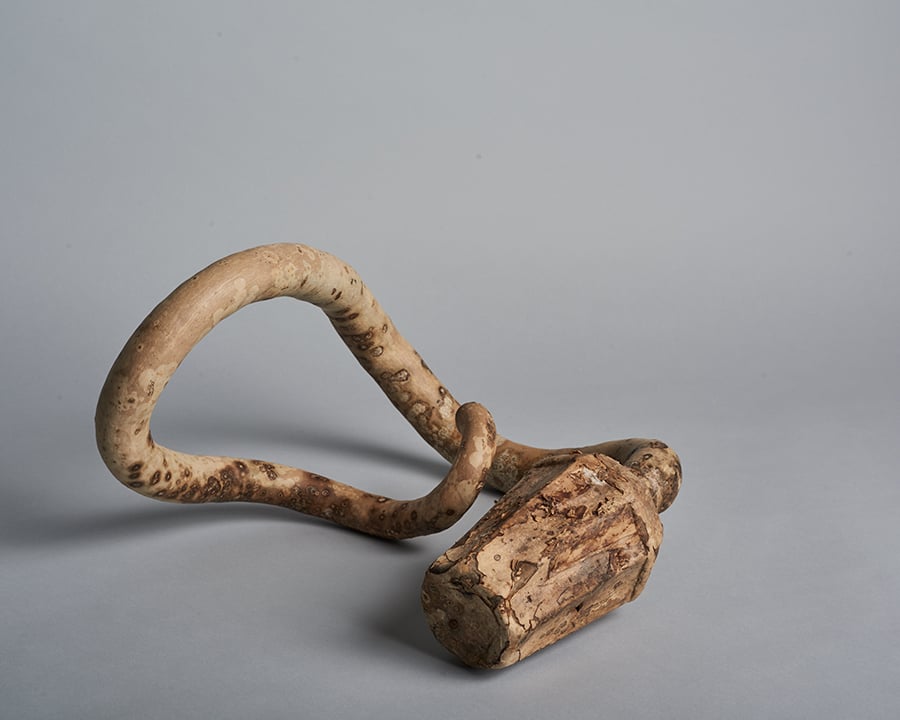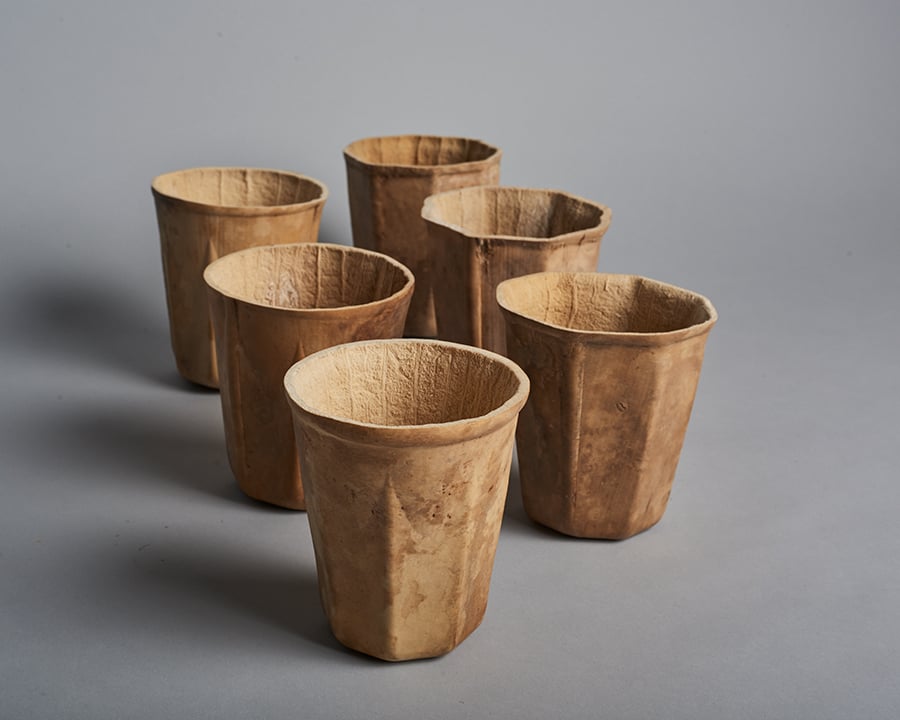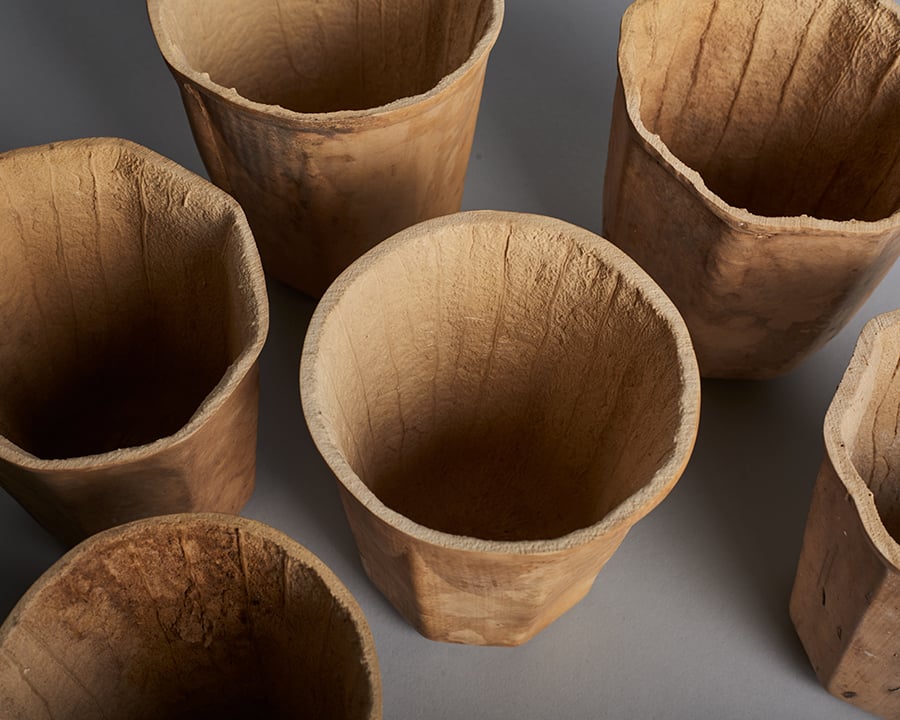
July 25, 2018
This Biodegradable Coffee Cup Was Made With a Gourd and a 3D-Printed Mold
An astounding 50 billion of those paper cups per year will end up in U.S. landfills because their material cannot be recycled or composted.

For many Americans, a take-out cup of coffee heralds the start of each workday. However, an astounding 50 billion of those paper cups per year will end up in U.S. landfills because their material cannot be recycled or composted.
Hoping to solve this problem, architect Jun Aizaki, founder of Brooklyn-based design firm CRÈME / Jun Aizaki, wanted to find a sustainable carryout alternative and looked to nature for inspiration. After some trial and error with delicate materials like rice paper, he settled on gourds, the fleshy fruits known for their strong outer skin. “I kept thinking about biodegradable materials,” says Aizaki. “Gourds have been used as vessels in Asia and South America for centuries.”
The drinking vessels are sourced from a local farm where cucurbits—a type of gourd—find their form by growing into 3D-printed molds. The method is still being refined; currently, only about half of each harvest can produce viable containers because many gourds either rot during the drying process or won’t grow properly in the molds.
For Aizaki, though, working with the whims of nature—and the unique variations that result—is what makes the process exciting: “Each piece is different, almost like a collector’s item.”
You may also enjoy “New Talent 2018: Guilherme Wentz Is Helping Reunite Brazilian Design and Manufacturing.”













